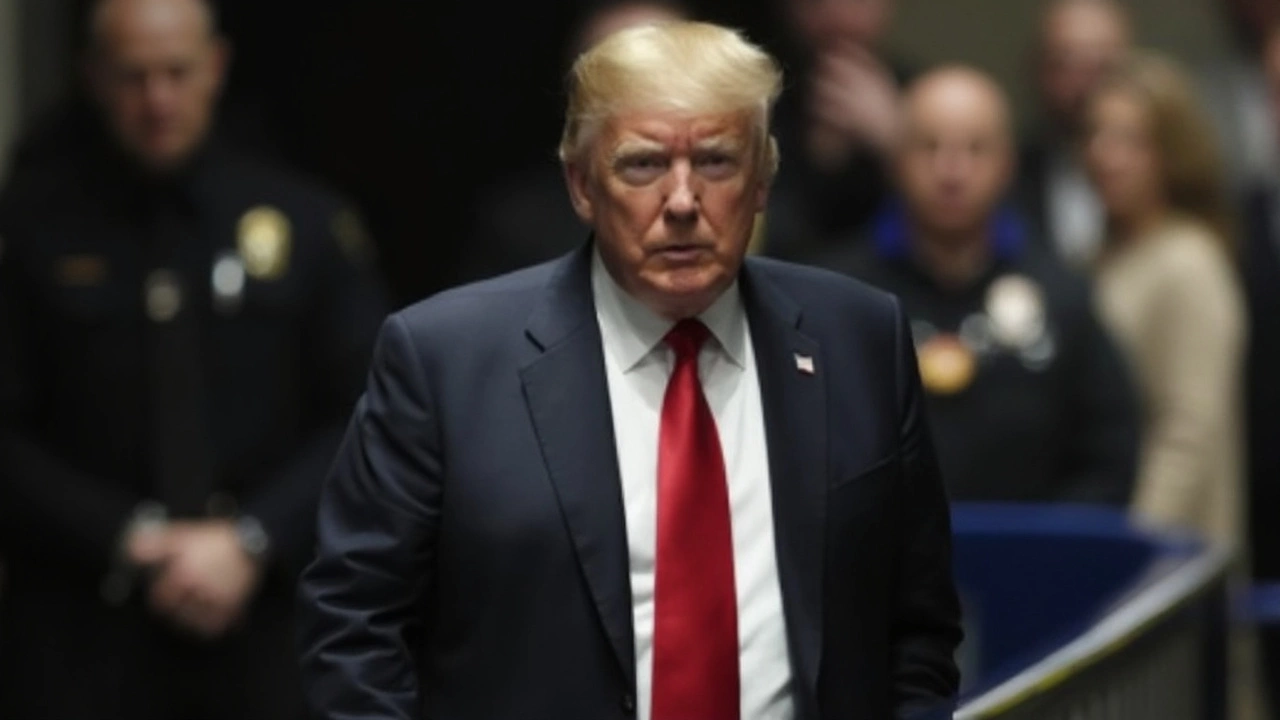Trump's Chronic Venous Insufficiency: Understanding the Diagnosis
President Donald Trump’s latest health update shakes up the conversation around leaders and medical transparency. On July 17, 2025, the White House revealed Trump has chronic venous insufficiency (CVI)—a circulatory problem that affects the veins in the legs. If you’re hearing about CVI for the first time, you’re not alone. It’s a condition that doesn’t usually make headlines, but it impacts about 1 in 20 adults. CVI develops when the veins in the legs struggle to send blood back up to the heart, usually because the vein valves are not working properly.
The President’s doctors moved quickly after he experienced some swelling in his legs. A series of tests, including vascular studies and specialized ultrasounds, confirmed the diagnosis. The good news? The scans ruled out dangerous threats like deep vein thrombosis (DVT)—that’s a serious blood clot—or any arterial problems. These are the complications that really worry doctors, so dodging them is a relief for the medical team and the President’s supporters alike.
Trump’s physician, Dr. Sean Barbabella, made it clear that there aren’t any signs of more severe health issues right now. He shared that Trump's echocardiogram—an ultrasound test for heart function—looked totally normal. All of his blood work was within healthy ranges. It’s the kind of update that squashes rumors fast. And those bruises on his hands? According to Dr. Barbabella, the marks are from shaking hands with supporters every day, mixed with the blood-thinning effects of his daily aspirin. Nothing more dramatic.
Managing CVI and Trump’s Health Outlook
So, is chronic venous insufficiency cause for panic? Not really. While there's no actual cure for CVI, doctors have practical methods to manage it. The typical approach combines compression therapy (think those tight socks you see in pharmacies) with regular walking and movement to boost blood flow. These strategies don’t stop the condition from existing, but they can keep it from causing trouble like leg ulcers or further vein damage.
The White House stressed that Trump is not showing any of the troubling symptoms that sometimes come with CVI—like painful varicose veins or open sores. And this fits with what was reported back in his April 2025 physical at Walter Reed Medical Center. At that time, doctors said he was in ‘excellent health,’ and these new test results back that up.
It’s worth remembering that CVI is much more common in older adults, and Trump, now well into his 70s, fits the risk profile. Age, family history, and lifestyle all play into it. But the main message out of his medical team is simple: Trump’s health is stable, his heart is strong, and routine management is expected to keep his condition in check. Of course, any chronic disease means regular monitoring, but so far nothing has popped up that would signal bigger problems ahead.
For now, the headline is straightforward: President Trump has CVI diagnosis, but he’s symptom-free, active, and following doctor’s orders. The focus remains on regular checkups and the everyday steps needed to manage a condition that, while common, rarely stops most people from pursuing their normal lives—whether that’s campaign rallies or long days in the Oval Office.
